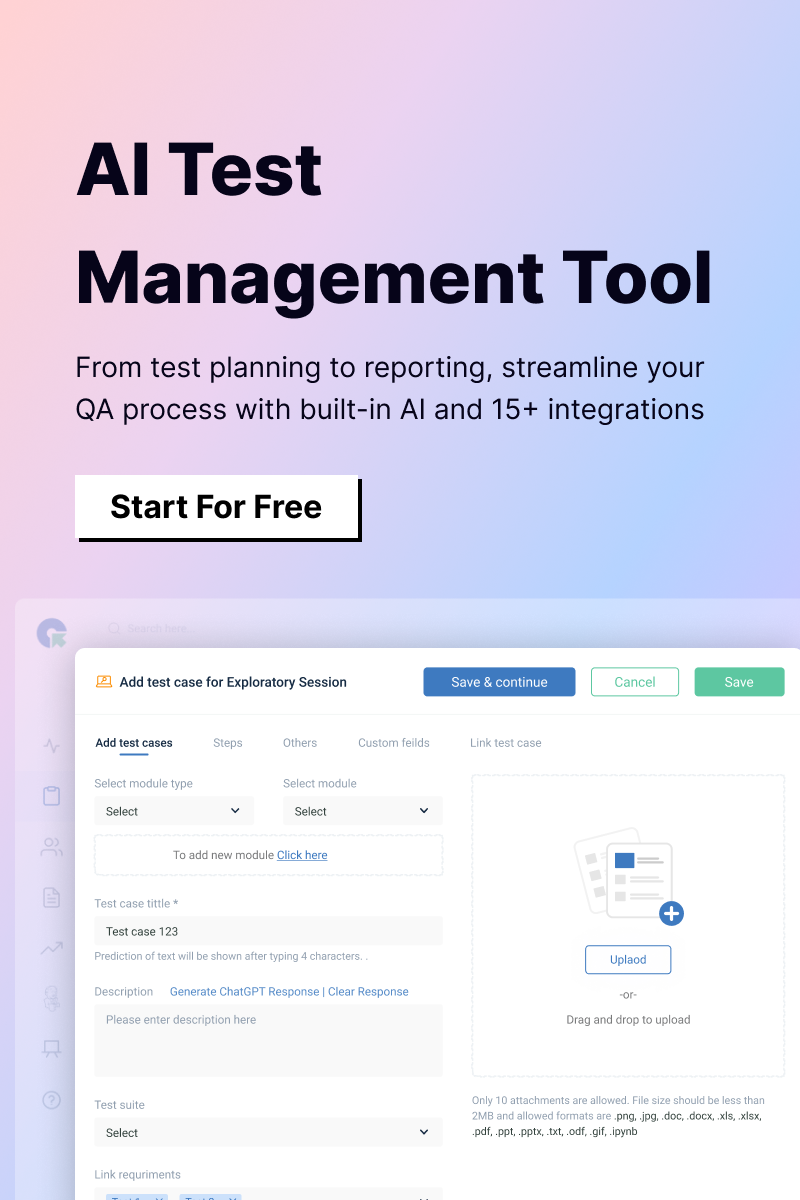Test Data Management (TDM) involves creating, maintaining, and using test data efficiently to ensure thorough testing of an application. The process depends on the type of application under test and the testing approach. Test data can be stored in formats such as Excel, Word, or text files and can be entered manually during test execution or read automatically via automation tools (e.g., XML, flat files, databases).
Which are the two types of test data management?
The two types of Test Data Management are Static and Dynamic types:
- Static Test Data Management: Static TDM involves the use of pre-existing, fixed data sets prepared before test execution. This approach is ideal for scenarios requiring predictable and consistent inputs, such as regression testing or validating specific functionalities. Instances include hardcoded values, pre-configured datasets, and database snapshots that mimic production environments.
- Dynamic Test Data Management: Dynamic TDM involves generating or fetching test data during test execution. This approach is suitable for scenarios requiring varied or real-time inputs, such as load testing or simulating user-specific data. Dynamic TDM often relies on scripts, automated tools, or APIs to create or retrieve data.
How do you manage test data for testing?
Here are the key aspects of how to manage test data for testing:
- Sampling: Create representative subsets of production-like data to reduce complexity.
- Production Data Copy: Use real-world data from live systems, ensuring sensitive information is masked.
- Legacy System Data: Reuse existing data from older systems for compatibility testing.
- Automated Tools: Leverage tools to generate, clone, or mask data efficiently.
- Central Repository: Store test data centrally for accessibility and reusability.
- Data Validation: Verify the accuracy and relevance of data before use.
- Data Security: Mask sensitive information to prevent breaches during testing.
- Automation: Automate test data provisioning to save time and reduce manual effort.
What are the key elements of test management?
The main components of test management include:
- Test Planning: Define objectives, scope, resources, schedule, and deliverables for testing activities.
- Test Design: Create detailed test cases and scenarios based on requirements and specifications.
- Test Execution: Perform tests, record results, and report any defects or deviations.
- Test Monitoring and Control: Track progress, compare against the test plan, and make adjustments as needed.
- Defect Management: Identify, log, prioritize, and resolve defects systematically.
- Test Environment Management: Set up, maintain, and optimize test environments for accurate testing.
- Test Data Management: Generate, validate, and secure test data to simulate real-world conditions.
- Reporting and Metrics: Provide insights into test progress, quality metrics, and overall project health.
- Automation: Incorporate automated testing tools to enhance efficiency and coverage.
- Collaboration: Build communication between teams to align on goals and ensure quality.



